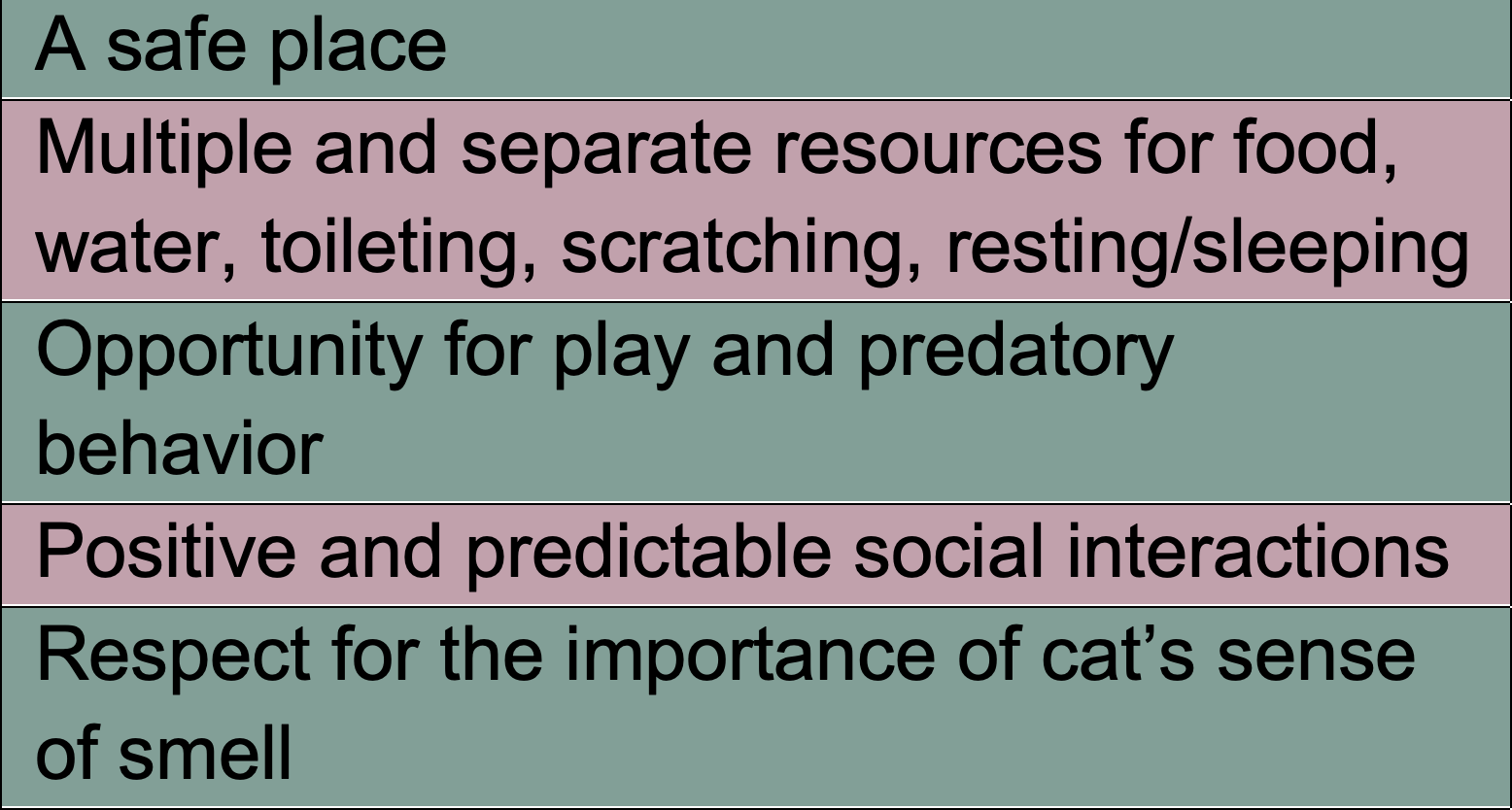Care for the aging feline patient: more than just medicine
As cats age into their senior and geriatric years, there are important considerations that can dramatically increase their quality of life.
As the domestic cat continues to grow in popularity as a household pet, caregivers grow more and more skilled at providing everything their cat needs to stay healthy. Cats may be living longer lives as a result, but are they living better quality lives? Now more than ever, we need to turn our focus onto the well-being of the aging feline population.
What is a senior cat? When are they considered geriatric? The 2021 AAFP Senior Care Guidelines task force has updated aging categories to be patient dependent (Table 1).1 The senior and geriatric years are a special time for caregivers and their cats. The veterinary team has a direct role to play by providing support and guidance. Our aging feline patients should visit us a minimum of every 6 months, sometimes 4, depending on their health status. With increased visits, we can diagnose disease earlier, treat disease with more success, and improve patient stability and quality of life.
Table 1. Categorization of age groups in the aging domestic cat

Each visit should include an assessment of the patient's history, including behavior changes. Any suspicion or confirmation of pain necessitates the use of analgesics before advancing further into the visit. A thorough physical examination and minimum data base are integral parts of the visit, including blood pressure, clinical chemistry, total T4, CBC, and urinalysis. Body weight, body condition score, and muscle condition score can be assessed at every visit. Negative trends in these parameters are noteworthy, often preceding the onset of overt disease.
Equally important are the conversations that we have with the caregiver and how we guide them through the cat’s golden years. Our detailed history can be improved by providing caregivers with validated questionnaires for mobility and quality of life. With each passing visit, noted trends will allow us to guide the caregiver. Accommodations and access for the aging cat within the home are critical in improving quality of life. Guidance is ideally based on the 5 Pillars of a Healthy Feline Environment (Table 2) adjusted for the aging cat’s diminishing senses, reduced mobility, and specific health conditions.1
Table 2. The 5 pillars of a healthy feline environment

For example, an arthritic senior cat will likely need increased access to resources such as food, water, and litter boxes. More of each resource, more widely distributed throughout the home is ideal. The resources should also be in an easier-to-use or patient-preferred version. Litter boxes should be either low-walled or if high-walled, be translucent with an easy access doorway (Figure 1). Flat plates and wide bowls may be preferred by seniors over traditional food and water bowls (Figures 2 and 3).
Figure 1. A home-made high-walled, see-through litter box includes a low walled entry point for ageing cats with mobility concerns.
Figure 2. Aging cats may prefer low-walled or flat food and water vessels over traditional cat bowls.
Figure 3. An example of a flat food vessel that provides easy access for aging cats.
Regular re-evaluation of quality-of-life factors can be beneficial in assisting the client in palliation and end of life decision making. There are many quality of life scales available to offer to caregivers, including the HHHHHMM scale and those provided by Lap of Love Veterinary Hospice & In-Home Euthanasia. It is helpful if we can designate 1 or 2 contact individuals for the caregiver, with whom they can build a trusting relationship as the years' pass. Offering caregivers our guidance and a listening ear takes additional time and effort but has a high value to the family. When they remember their pet, they will also remember the support, time, and effort we made to ease them through their journey—a memory that is worth its weight in gold.
Reference
- Ray M, Carney HC, Boynton B, Quimby J, Robertson S, Denis KS, et al. 2021 AAFP Feline Senior Care Guidelines. J Feline Med Surg. 2021;23(7):613–38.